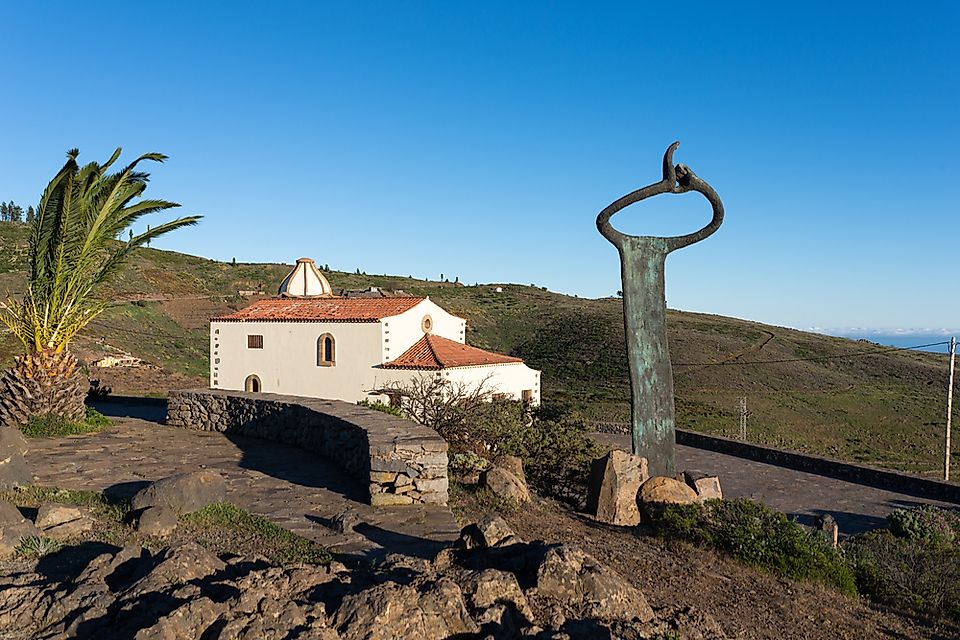Did You Know About the Whistled Language of the Canary Islands?

What Is the Whistling Language?
The whistled language, known as Silbo Gomero, is utilized by residents of the Canary Islands, located off the coast of Spain. This language is based on spoken Spanish, as each whistle made to sound like a word in the Spanish language. It was created out of the necessity to communicate over the long distances created by the varied terrain of the islands. The whistles can be heard up to a distance of around 2 miles across the valleys and mountains, allowing messages to be sent quickly without the need to walk from one place to another. The contents of whistled messages range from something serious public service announcements, warnings or advisories to casual invitations to public events.
In 2009, the United Nations Educational, Scientific and Cultural Organization (UNESCO) included the Silbo Gomero language on its list of Masterpieces of the Oral and Intangible Heritage of Humanity in order to encourage the local community to sustain, protect, and continue utilizing this unique language.
Use of the Whistled Language
The history of the Silbo Gomero language has not been fully recorded. However, linguists believe it originated from the Gaunche language, which was spoken and whistled by the Gaunches people. This group, believed to have originated in the northern regions of Africa, is considered to be the first inhabitants of the Canary Islands. Their language became extinct during the 1600s, when the islands were colonized by the Spanish. As Spanish gradually replaced the Gaunche language, it also influenced the Gaunche whistled language.
The Silbo Gaomero language continued to be used until the mid-twentieth century, when the islands faced a significant economic downturn. During this time, many native speakers of this language left the area to seek economic opportunities elsewhere. Additionally, modern technology began to replace the need for communicating quickly over long distances. As the ability to use the whistled language became associated with lower socio-economic classes, learning the language became discouraged. Nevertheless, the government implemented a revitalization program in the public school system at the end of the twentieth century in an effort to preserve the language. Results of the 2009 UNESCO survey indicate all the residents of the islands could understand the language, but only older individuals and those who were exposed to the revitalization program were able to speak the language.
Structure of the Whistled Language
Today, the whistled language is meant to sound like the Spanish language. It consists of only four consonant sounds and between two and four vowel sounds. Researchers studying the brain waves of Silbo language users discovered that fluent Silbo speakers recognize the whistling as a distinct language. When these individuals were exposed to the language, the language center of their brain responded. In contrast, Spanish speakers who do not understand the Silbo language did not register the whistling as a language. For these individuals, hearing the language is recognized as only whistling.











